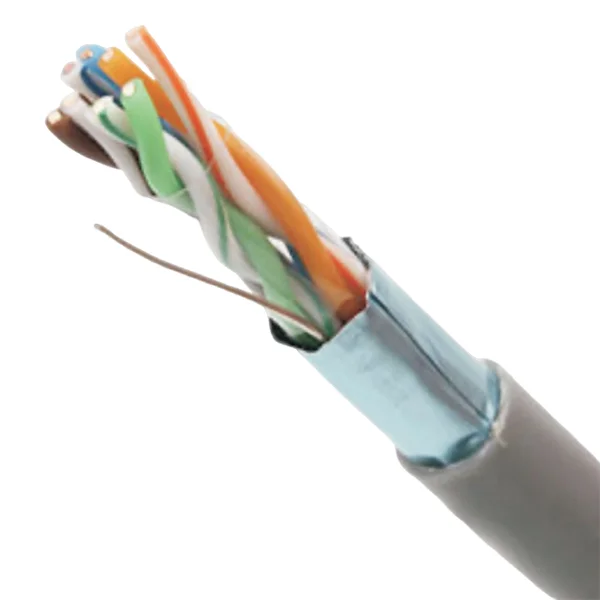Unveiling the Distinction: Wastegate Actuator vs. Boost Controller
3 min readIn the realm of turbocharged engines, two crucial components play a pivotal role in optimizing performance and achieving desired power outputs: the wastegate actuator and the boost controller. While both are integral to regulating turbo boost pressure, they serve distinct functions. This article aims to unravel the differences between these two components, shedding light on their individual roles and importance in turbocharging systems.
- Understanding the Wastegate Actuator:
The wastegate actuator is a mechanical device that controls the flow of exhaust gases to the turbine wheel of a turbocharger. Its primary function is to regulate and maintain the desired boost pressure by controlling the opening and closing of the wastegate valve. This valve diverts a portion of exhaust gases away from the turbine wheel, limiting its rotational speed and preventing over-boosting. The wastegate actuator operates based on the pressure difference between the intake manifold and the turbocharger compressor outlet, ensuring optimal engine performance and preventing potential damage. - Unveiling the Boost Controller:
In contrast to the wastegate actuator, the boost controller is an electronic or mechanical device that allows precise control over the boost pressure generated by the turbocharger. Its purpose is to manipulate the wastegate actuator's behavior, enabling the adjustment of boost levels according to specific requirements. By altering the pressure signal sent to the wastegate actuator, the boost controller can modify the wastegate's opening and closing characteristics, resulting in varying boost pressures. This flexibility empowers drivers to fine-tune their engine's performance, achieving optimal power delivery across different driving conditions. - Differentiating Roles and Benefits:
While both the wastegate actuator and the boost controller contribute to regulating turbo boost pressure, their roles and benefits differ significantly. The wastegate actuator ensures the turbocharger operates within safe limits, preventing potential damage caused by excessive boost pressure. It acts as a fail-safe mechanism, maintaining a consistent boost level and protecting the engine from over-boosting.
On the other hand, the boost controller provides a means to optimize performance beyond the factory settings. It grants drivers the ability to tailor boost levels to their preferences, enhancing throttle response, and maximizing power output. By precisely adjusting the wastegate actuator's behavior, the boost controller enables fine-tuning of boost pressure, resulting in improved acceleration, increased torque, and enhanced overall engine performance.
- Integration and Synergy:
To achieve the best of both worlds, many turbocharged engines employ a combination of a wastegate actuator and a boost controller. This integration allows for a harmonious balance between maintaining safe boost levels and unlocking the engine's full potential. The wastegate actuator ensures reliability and safeguards against potential damage, while the boost controller offers the freedom to explore and optimize performance within safe limits.
Conclusion:
In summary, the wastegate actuator and the boost controller are integral components of turbocharging systems, each serving distinct roles in regulating turbo boost pressure. While the wastegate actuator ensures safe and consistent boost levels, the boost controller empowers drivers to fine-tune performance and unlock the engine's full potential. Understanding the differences between these components is crucial for enthusiasts and professionals alike, as it enables informed decision-making when it comes to optimizing turbocharged engine performance.

